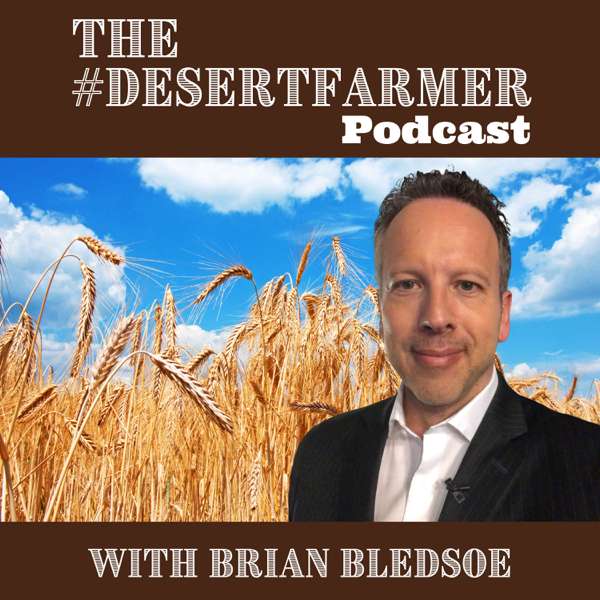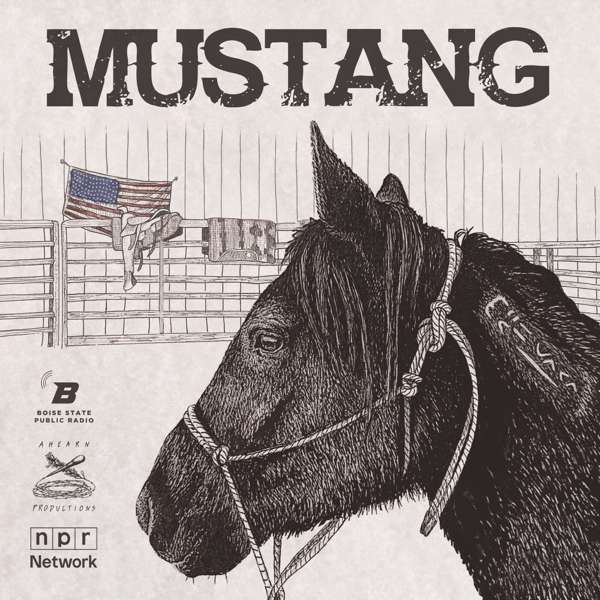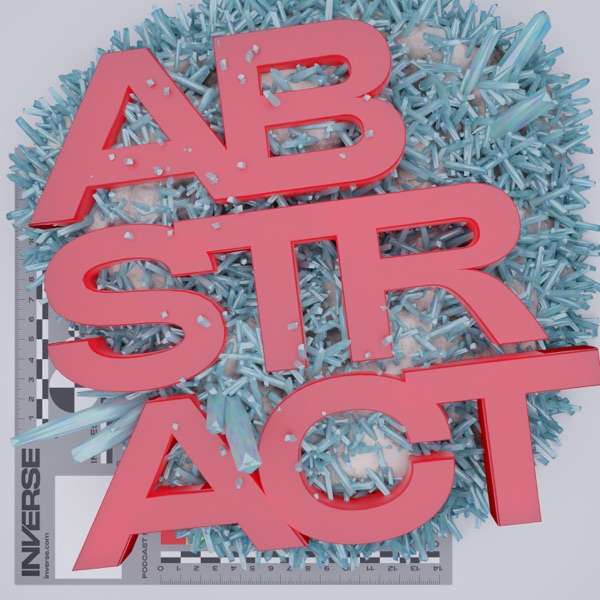Today we talk with Lourdes Villalta about cannibalism. We look at the stereotypes of the activity, how these stereotypes were used in the past to marginalized people, and what is the historical truth and cultural reality of cannibalism.LinksLourdes Villaltahttp://sheffield.academia.edu/LVillaltaFrom Villa et al proposed set of criteria to verify whether cannibalism was found within a context (Villa et al, 1986:431):"Similar butchering techniques in human and animal remains. Thus frequency, location, and type of verified cut marks and chop marks on human and animal bones must be similar, but we should allow for anatomical differences between human and animals;Similar patterns of long bone breakage that might facilitate marrow extraction; Identical patterns of postprocessing discard of human and animal remains;Evidence of cooking if present, such evidence should indicate comparable treatment of human and animal remains.White also considered (1992) Turner’s suggestion: the under representation of vertebrae (Turner, 1992) without animal gnawing or bite marks. Biologically, vertebrae are spongy, soft, and full of marrow (Preston, 1998). According to Turner, many of the Anazasi often crushed animal vertebrae to form “bone cakes”; a way to extract grease from the spinal column through boiling. Turner (1993) also mentioned the V-shaped cross-sectioned cut marks found on many of the found vertebrae recorded by White (1992) and Turner and Turner (1992). If such taphonomic patterns mentioned above are evident on both human and faunal remains of the same context, cannibalism can be considered.Following Turner’s criteria, White (1992) was able to find all five criteria, but he was also able to find another useful observation found through a microscope he coined pot polish-a faint abrasion and bevelling on the broken tips of bones (Preston, 1999), indicating possible evidence of cooking. This became the sixth criteria in “identifying Anasazi cannibalism."ContactEmail us at ArchyFantasies@gmail.comFollow us on Twitter at @Archyfantasies and find us on FaceBook.Theme Music by ArcheopSoup ProductionsProduced by Chris Webster and Tristan BoyleEdited by Christopher Sims

 Our TOPPODCAST Picks
Our TOPPODCAST Picks  Stay Connected
Stay Connected







